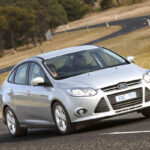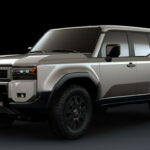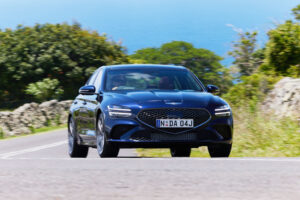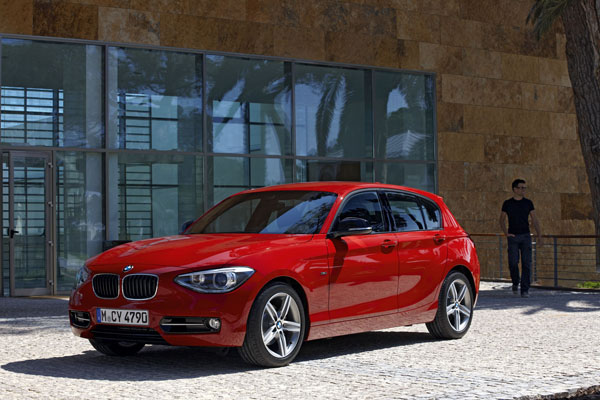
2011 BMW 1 Series
The BMW 1 Series is the smallest car in the prestigious German company’s range. It’s
aimed at those who enjoy their driving, rather than simply seeing it as a way at getting
from one place to another.
It has excellent engines driving the rear wheels. A downside is that rear-wheel drive takes
some cabin and boot space because the engine and transmission are mounted
longitudinally rather than sideways, so it encroaches into the passenger area.
There’s good legroom in the front seats, though foot-width is restricted by the gearbox
housing. The back seats are fine for kids, but if you carry adults back there may have to be
some juggling with front seat placement. Try before you buy.
The second generation 1 Series, launched in stages from January 2011. It is slightly larger
than the earlier ones. We will begin with this Used Car Checkout with these models.
In 2014 BMW renamed the sporty coupe and convertible 1 Series models as the 2 Series.
They have a quite different history to the 1 Series, so we will cover them in a separate
feature.
Note that while some BMW 2 Series are revised 1 Series, others share their underpinnings
with the BMW Mini – yes, the British Mini as that company had been taken over by BMW in
the year 2000.
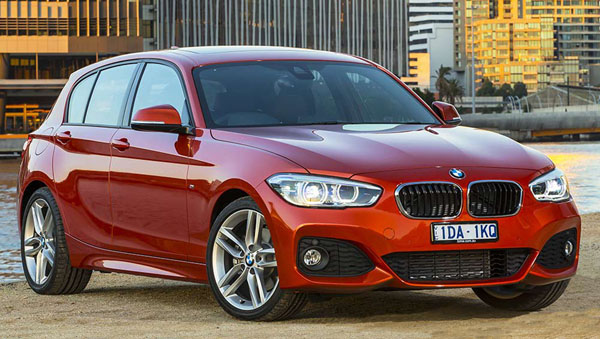
2015 BMW 1 Series
BMW 1 Series comes with a huge choice of powerplants. There are three-, four- and six-
cylinder units ranging in capacity from 1.5 to 3.0 litres. All engines in the second Series are
turbocharged.
BMW 1 Series M Coupe has even more power from its twin-turbo six than the standard
turbo-petrol models, provides stunning acceleration.
From the 2011 models the turbo-diesels are noticeably better than the earlier units. But
take one on a road test before you buy it as you may not like the relatively slow response
to the accelerator. Then again you may like the fuel savings due to its low consumption.
Manual gearboxes are six-speed units. BMW manuals are a joy to use, with slick changes
through the well-chosen ratios. This is another benefit of the use or rear-wheel drive as the
gearbox is close to the gearlever.
A six-speed automatic was fitted in the 1 Series prior to October 2011 when an eight-
speed auto was introduced in most models. Some diesels still had the old six-speed
automatic.
The BMW 1 series had a facelift in mid-2015, with a re-design to the front and rear
bumpers as well as the head- and tail-lights.
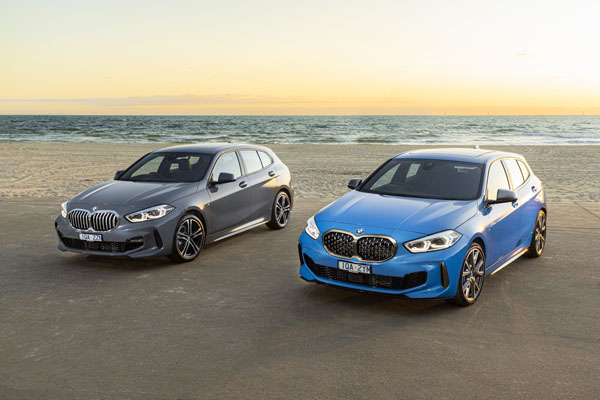
2019 BMW 118i (left) and M135
They received a major upgrade in October 2016 in its engine and technology departments,
with a further emphasis on improving fuel efficiency of their already very good drivetrains.
A third generation of the BMW 1 Series arrived here in October 2019. They are powered
by BMW TwinPower Turbo engines, including the most powerful four-cylinder engine ever
in a road car from BMW, the M135i xDrive.
Safety features fitted as standard included head-up display, lane change warning and
reversing assistant.
The gen-three 1 Series has 33mm more knee room, 19mm more rear headroom and
67mm more width in luggage compartment than previous model. Clever design means it’s
30kg lighter than outgoing model due to use of lightweight materials.
BMW is long established in Australia and there are dealers in all metropolitan areas and in
major country centres. In remote areas you may have trouble finding a dealer or a
mechanic.
Ideally a BMW should be serviced and repaired by authorised dealer as these are complex
machines with high-tech electronic components. The dealer will connect the car to a
computer which, believe it or not is in Germany. That way the car gets early diagnosis on
problems, as well as the latest updates.
A BMW 1 Series with a full service record from day one will often sell for more on the used
market. It’s smart to keep up this record after you have bought one.
There are quite a few Aussie mechanics who had formal BMW training when working with
a BMW dealership, but are now working as independent specialists. They probably,
though not certainly, have access to the factory updates.
Insurance charges are high for a small car – but not too bad when you consider the
complexity and the quality materials used in the BMW. As we always say shop around –
but make sure you do accurate comparisons in all aspects of the insurance coverage.
WHAT TO LOOK FOR
Hard driving can result in a big buildup of brake dust on the wheels. Smart sellers will
clean this, not so bright ones may forget to get rid of the dust inside the backs of the
wheels.
Uneven front tyre wear is another sign of one that has been fanged, as are signs of wear
part way down the sides of the tyres. The latter may even be caused by track work.
Signs of crash repairs such as mismatched paint, paint overspray and ripples in the panels
could mean the little Bimmer’s come into contact with something nasty.
Pearl and metallic paints can be difficult to match after crash repairs, or just door dings.
Check each panel matches its neighbour in strong, direct sunlight.
The engine should start within moments. Arrange to do this with the engine cold after an
overnight stop.
During your test drive feel for any hesitation under acceleration and look for oily smoke
from the exhaust when the engine is worked hard.
Make sure manual gearchanges are quiet and slick. Fast changes from third to second
gears are usually the first to show problems.
Automatic transmission changes should be all but unnoticed unless you’re driving pretty
hard. Check the manual override systems work correctly.
HOW MUCH?
Expect to spend from $7000 to $11,000 for a 118i hatch; $9000 to $14,000 for a 2013 120i
coupe; $12,000 to $18,000 for a 2015 120i convertible; $15,000 to $21,000 for a 2014 116i
hatch; $19,000 to $26,000 for a 2016 120i Urban Line hatch; $20,000 to $28,000 for a
2012 123d coupe or a 2015 118d hatch; $26,000 to $35,000 for 2017 125i M Sport hatch;
$34,000 to $46,000 for a 2021 118i Sport hatch; and $41,000 to $54,000 for a 2021 128ti
hatch.
CAR BUYING TIP
Looking at several different cars? Keep doing so as long as possible until you’re sure you
have the correct one for your needs and budget.
RECALLS: To browse recalls on all vehicles go to the ACCC at:
www.productsafety.gov.au/products/transport/cars/




